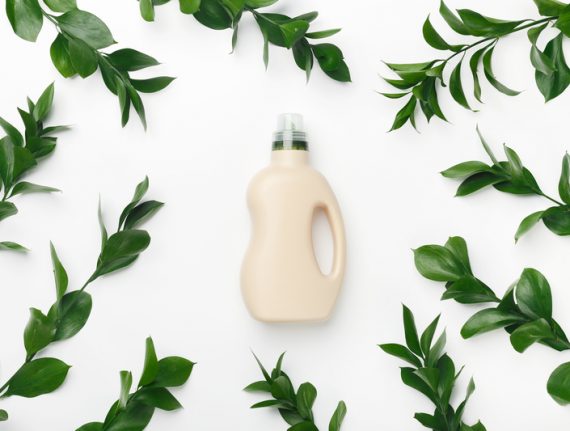What form and innovative developments will robotization take in the plastics industry? In this article, we examine this question from a practical perspective, looking at specific types of tasks and robots.
Motivation factors for robotization in the plastics industry
Whatever the process and procedure in the plastics industry, there’s a constant drive to improve productivity, increase efficiency and optimize the complete method. All of the above are synergistic with the use of robots.
With robots working 0 – 24 hours a day, 7 days a week, consistent production quality can be successfully maintained. And all this can be achieved without having to worry about a drop in output.
Robots, which are relatively easy to program and train, can be a great alternative to costly and often cumbersome live-work. These are all arguments that strongly underpin the case for robotization in the plastics industry.
Innovative developments in the plastics industry – with the power of robotization
Innovations are first developed and then put into practice, specializing in specific areas and tasks in the plastics industry. Today, robotization can be observed in the field of machine servicing, CNC lathes, injection molding machines, edge presses, and compression presses, among others.
But we can mention the injection molding sector, where practically the entire spectrum can be automated through robotization. And this can have benefits beyond increased efficiency and productivity.
The harmful gases that are often present in the environment of plastics and polymers will not be a burden on the human workforce. And when it comes to the assembly of small parts requiring increased sensitivity, robotization can also help.
Robotization in the plastics industry – with a concrete example
Let’s take the injection molding process as an example, and look at the added value of the robots’ contribution. With robotization, the process can be left to the machines to take the workpiece out of the mold, by separating it and recycling the waste material immediately.
In injection molding, sub-tasks such as post-processing of plastics, packaging, lacquering or practical arrangement on a tray used as a storage container can also be handled by robotization.
It’s all a matter of conscious planning and then skillful programming. Thanks to robotization, we have also managed to improve our efficiency in a sustainable and environmentally friendly way.






